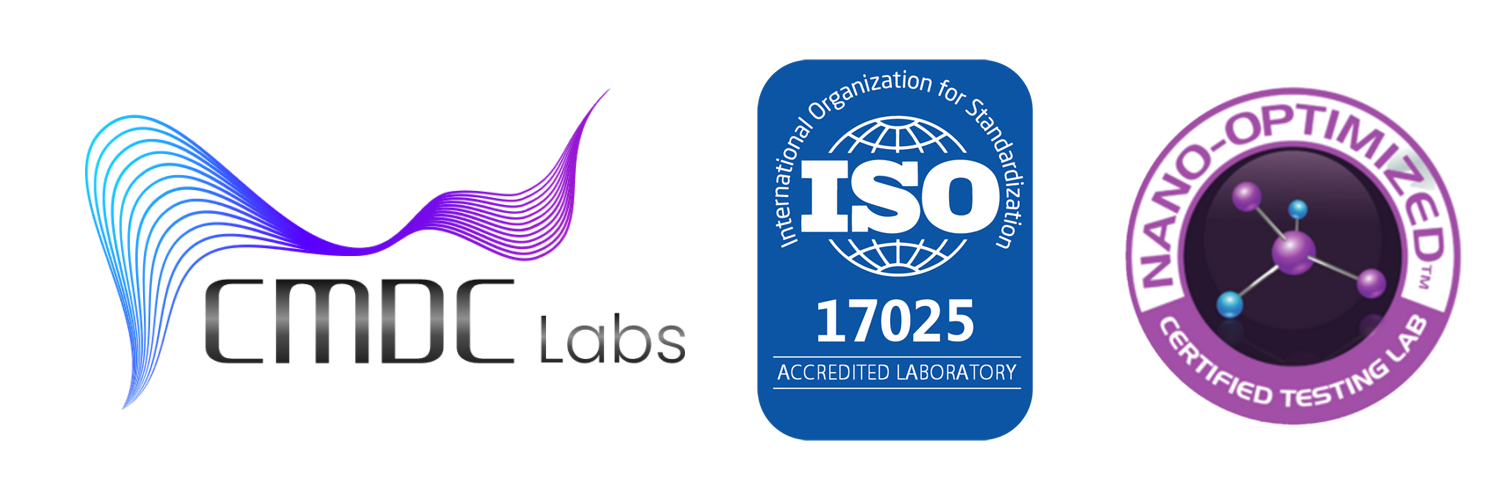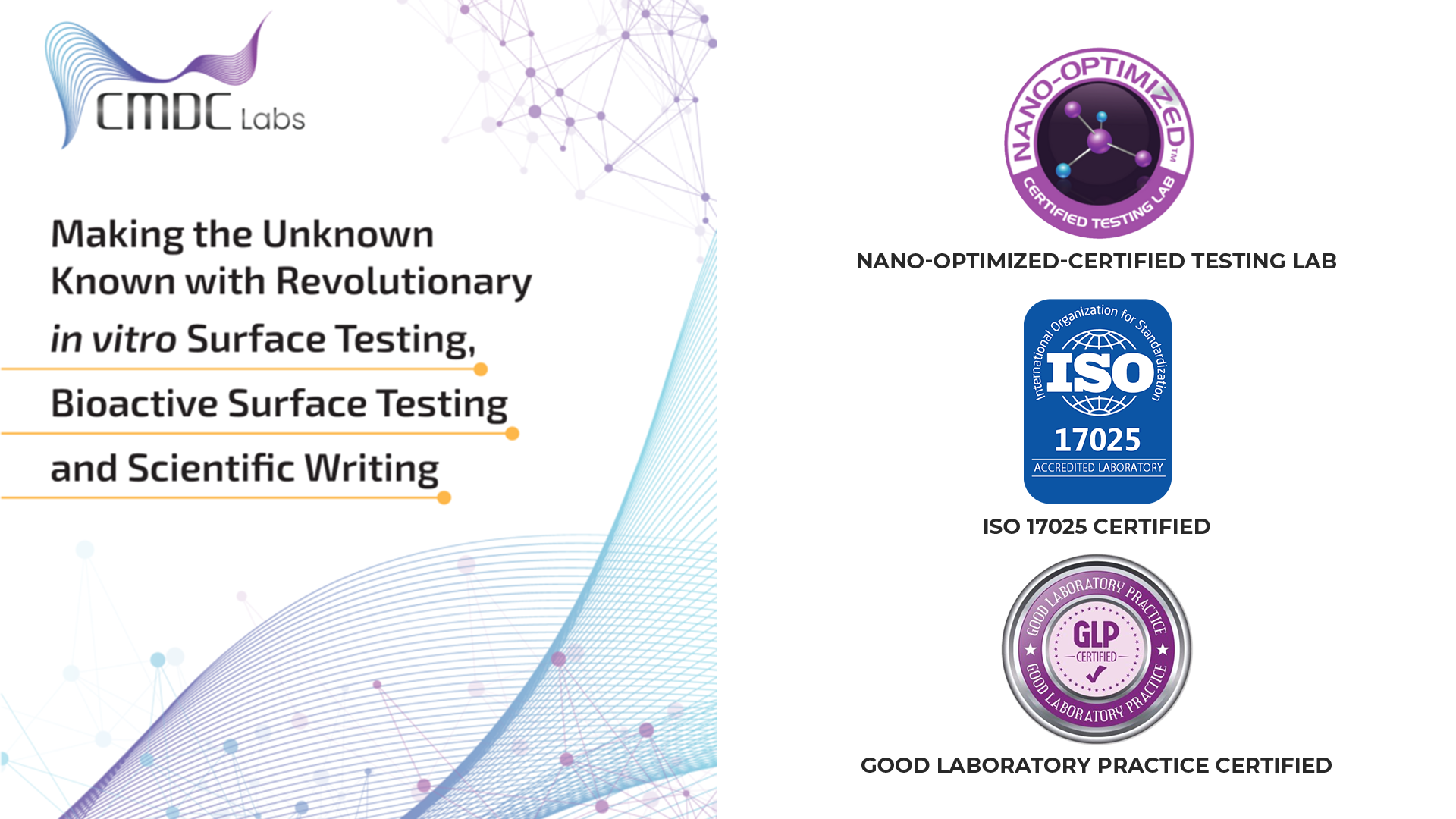Sterility testing is a cornerstone of pharmaceutical manufacturing, ensuring that products are free from viable microorganisms that could harm patients. The United States Pharmacopeia (USP) Chapter <71> outlines the standards for sterility testing, which have been updated over the years to incorporate advancements in technology and changes in regulatory expectations. At CMDC Labs, we are committed to adhering to these standards to ensure the highest level of sterility for our clients’ pharmaceutical products. This article explores the recent revisions to USP <71> and how CMDC Labs is leading the way in pharmaceutical sterility testing.
Understanding USP <71>
USP <71> provides detailed procedures for conducting sterility tests on pharmaceuticals, biologics, and medical devices. The goal is to ensure that these products are free from viable contaminating microorganisms. Key aspects of USP <71> include:
- Test Methods: The two primary methods for sterility testing are membrane filtration and direct inoculation.
- Culture Conditions: Specifies the culture media, incubation temperatures, and durations necessary for detecting a broad spectrum of microorganisms.
- Validation and Verification: Outlines the validation and verification processes to ensure the reliability and accuracy of sterility tests.
Key Revisions to USP <71>
USP <71> has undergone several revisions to enhance its effectiveness and align with technological advancements. Some of the key changes include:
1. Incorporation of Rapid Microbiological Methods (RMM)
One significant revision is the incorporation of Rapid Microbiological Methods (RMM). Traditional sterility tests, which rely on culture-based methods, can take up to 14 days to yield results. RMMs, such as PCR (Polymerase Chain Reaction) assays and ATP bioluminescence, offer faster turnaround times without compromising accuracy.
- Impact: The inclusion of RMMs allows for quicker detection of microbial contamination, enabling faster release of products to the market and more timely responses to contamination events.
2. Enhanced Validation Requirements
Recent revisions have placed a greater emphasis on the validation of sterility testing methods. This includes more detailed guidelines on the validation process, ensuring that the chosen method is suitable for the specific product being tested.
- Impact: Enhanced validation requirements improve the reliability and reproducibility of sterility tests, ensuring that they are robust enough to detect even low levels of contamination.
3. Expanded Guidance on Risk-Based Approaches
USP <71> revisions have also expanded guidance on adopting risk-based approaches to sterility testing. This involves assessing the potential risks associated with different products and tailoring the sterility testing protocols accordingly.
- Impact: A risk-based approach helps prioritize resources and focus on the most critical aspects of sterility testing, improving overall efficiency and effectiveness.
Implementing USP <71> Revisions at CMDC Labs
At CMDC Labs, we stay at the forefront of sterility testing by adhering to the latest revisions of USP <71>. Our implementation strategy includes:
1. Adoption of Rapid Microbiological Methods
We have integrated RMMs into our sterility testing protocols to provide faster and more reliable results. This includes using advanced PCR and ATP bioluminescence techniques to detect microbial contamination quickly.
2. Rigorous Method Validation
Our validation processes are designed to meet the enhanced requirements outlined in the latest USP <71> revisions. We conduct extensive validation studies to ensure that our sterility testing methods are accurate, reliable, and suitable for the specific products we test.
3. Risk-Based Testing Protocols
We adopt a risk-based approach to sterility testing, tailoring our protocols to address the specific risks associated with different products. This approach allows us to allocate resources more effectively and ensure comprehensive sterility testing coverage.
Benefits of Adhering to USP <71> Revisions
Adhering to the latest USP <71> revisions offers several benefits:
- Regulatory Compliance: Ensures that our sterility testing processes meet current regulatory standards, facilitating product approval and market entry.
- Enhanced Safety: Provides a higher level of assurance that products are free from microbial contamination, protecting patient safety.
- Efficiency: Incorporating RMMs and risk-based approaches improves the efficiency of our sterility testing processes, reducing turnaround times and optimizing resource allocation.
Challenges in Sterility Testing
Despite advancements, sterility testing presents several challenges:
- Complex Formulations: Some pharmaceutical products have complex formulations that can interfere with sterility tests, requiring specialized methods.
- Environmental Control: Maintaining a contamination-free environment during testing is critical and challenging.
- Regulatory Variability: Different countries may have varying requirements for sterility testing, complicating compliance for global manufacturers.
Conclusion
CMDC Labs is at the forefront of sterility testing, leveraging the latest revisions to USP <71> to ensure the highest standards of safety and quality. By adopting rapid microbiological methods, enhancing validation processes, and employing risk-based testing protocols, we provide reliable and accurate sterility testing services that meet regulatory requirements and protect patient health. Our commitment to quality, innovation, and continuous improvement ensures that we remain a trusted partner in the pharmaceutical and medical device industries.
For more information on our sterility testing services and how we implement USP <71> revisions, connect with us!
References
-
USP. “Chapter <71> Sterility Tests.”
-
FDA. “Guidance for Industry: Sterile Drug Products Produced by Aseptic Processing.”
-
PDA Journal of Pharmaceutical Science and Technology. “Rapid Microbiological Methods: A Review of Methods and Applications.”

